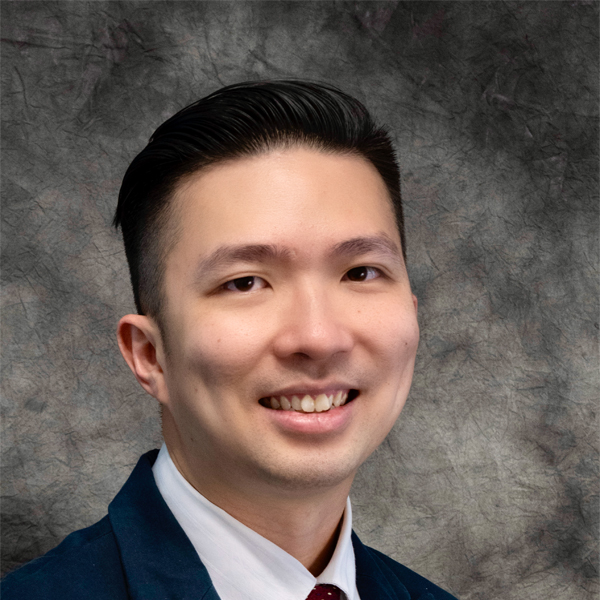Dr Huang Zhongwei
Zhongwei is a clinician-scientist and MOH accredited assisted reproductive techniques (ART) specialist who focuses on managing couples with fertility issues. He completed his PhD in 2011 under Associate Professor Dagan Wells at University of Oxford on effects of reproductive ageing via understanding the mechanisms of human oocyte aneuploidy and utilizing human cumulus cells as a non-invasive biomarker of oocyte quality. Reproductive ageing is due to the irreversible decline in quality and number of ovarian follicles as a woman ages. The ovarian follicle comprises of an oocyte and her surrounding supporting cells (cumulus/granulosa cells) which is the basic reproductive unit for the woman. The oocyte will determine a woman’s fertility while the supporting cells provide the female hormones vital to maintain her general health and well-being. Thus, reproductive ageing result in loss of a woman’s fertility and deterioration of her general health (cognition, cardiovascular, metabolic, immunity, musculoskeletal and sexual health). Passionate to find ways to ameliorate the detrimental effects of reproductive ageing on fertility and health outcomes of women, Zhongwei’s research focus is on unravelling the biology of ovarian folliculogenesis to change the irrevocability of reproductive ageing in women to that of reproductive longevity and enhanced health-span by means of rejuvenation of her ovarian follicles. Through collaborative basic and translational research efforts across multiple disciplines and institutions as well as utilizing large data analytic tools to integrate demographical, biological and clinical data, Zhongwei aims to discover innovative solutions to change a woman’s life narrative of reproductive inevitability to reproductive longevity.
Publications
- Fragouli, E., Bianchi, V., Patrizio, P., Obradors, A., Huang, Z., Borini, A., Delhanty, J. D., & Wells, D. (2010). Transcriptomic profiling of human oocytes: association of meiotic aneuploidy and altered oocyte gene expression. Molecular human reproduction, 16(8), 570–582. https://doi.org/10.1093/molehr/gaq033
- Huang, Z., & Wells, D. (2010). The human oocyte and cumulus cells relationship: new insights from the cumulus cell transcriptome. Molecular human reproduction, 16(10), 715–725. https://doi.org/10.1093/molehr/gaq031
- Huang, Z., Fragouli, E., & Wells, D. (2012). Biomolecules of human female fertility--potential therapeutic targets for pharmaceutical design. Current pharmaceutical design, 18(3), 310–324. https://doi.org/10.2174/138161212799040439
- Indran, I. R., Huang, Z., Khin, L. W., Chan, J., Viardot-Foucault, V., & Yong, E. L. (2018). Simplified 4-item criteria for polycystic ovary syndrome: A bridge too far?. Clinical endocrinology, 89(2), 202–211. https://doi.org/10.1111/cen.13755
- Gao, L., Huang, Z., Lin, H., Tian, Y., Li, P., & Lin, S. (2019). Bone Marrow Mesenchymal Stem Cells (BMSCs) Restore Functional Endometrium in the Rat Model for Severe Asherman Syndrome. Reproductive sciences (Thousand Oaks, Calif.), 26(3), 436–444. https://doi.org/10.1177/1933719118799201

